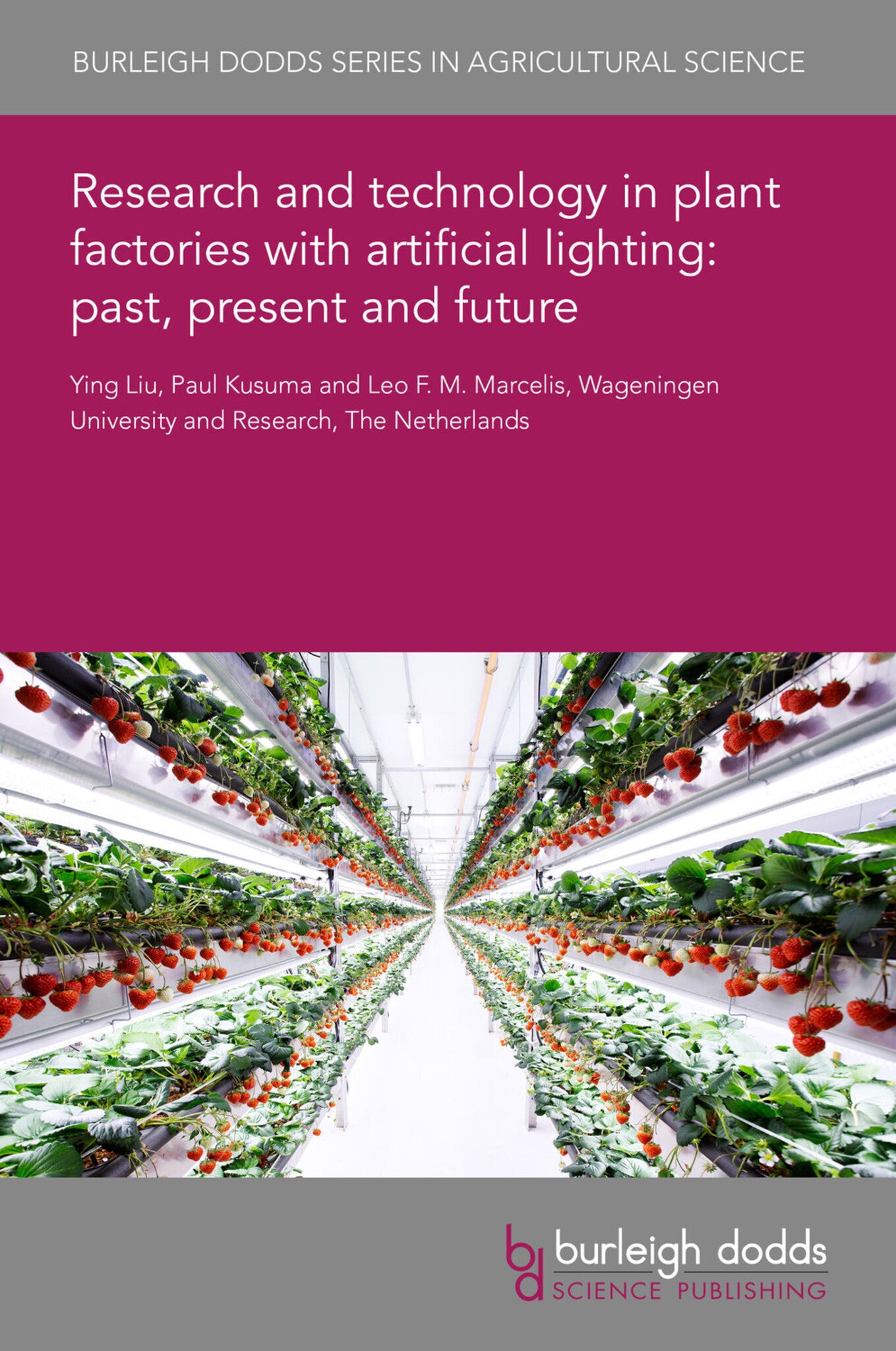We're sorry. An error has occurred
Please cancel or retry.
Research and technology in plant factories with artificial lighting: past, present and future

Some error occured while loading the Quick View. Please close the Quick View and try reloading the page.
Couldn't load pickup availability
- Format:
-
12 September 2023

The past decade has seen rapid improvements in the technology used for plant factories with artificial light (PFALs), and these improvements are expected to continue for the coming years. These technological advancements are both a continuation and a synthesis of technologies that have been under development for centuries if not millennia. Here, we categorize PFAL technologies into six categories: architecture & automation, lighting, climate control, sensors & algorithms, rootzones, and genetics, and we discuss the past, present, and future of each. Among these technology categories, lighting has probably received the most attention, partially due to the increase in LED efficiency that has occurred over the past decade, and partially due to lighting’s visual appeal. The other technologies, however, are also making PFALs an increasingly feasible industry by increasing yields per unit growing area, by decreasing energy and resource consumption, and by increasing product quality.

SCIENCE / Life Sciences / Horticulture, Commercial horticulture, TECHNOLOGY & ENGINEERING / Agriculture / Agronomy / Crop Science, TECHNOLOGY & ENGINEERING / Agriculture / Sustainable Agriculture, Sustainable agriculture, Agricultural science, Agronomy and crop production

- 1 Introduction
- 2 Architecture and automation
- 3 Lighting
- 4 Climate control
- 5 Sensors and algorithms
- 6 Rootzone
- 7 Genetics and plant breeding
- 8 Conclusion
- 9 Where to look for further information
- 10 References



